Aggie Professor Completes His 18th Antarctic Expedition
Dr. Andrew Klein Takes Part In An NSF-funded Research Excursion.
Oct 7, 2019
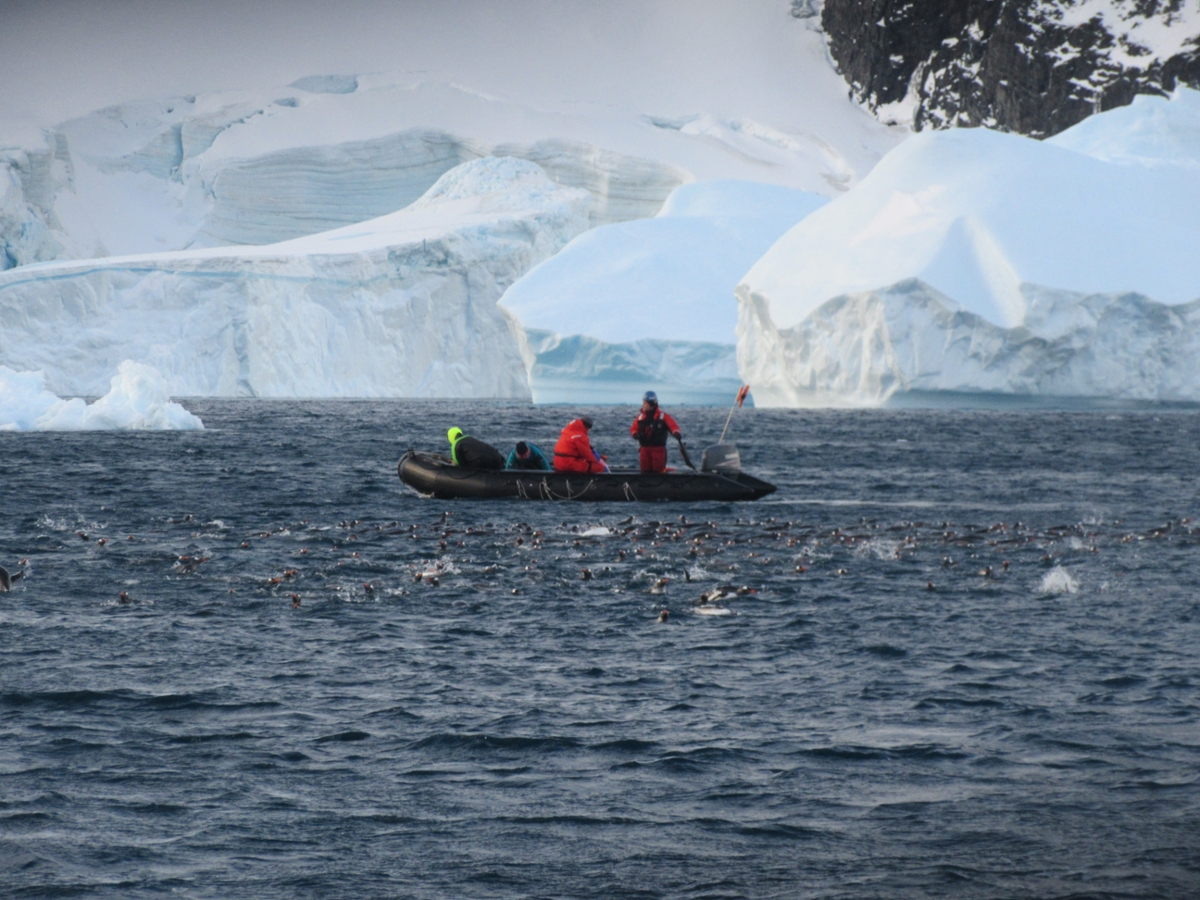
Research in the Antarctic is never an easy prospect; considerable preparation and planning are required for an excursion to the farthest reaches of the southern hemisphere. For the sake of science, though, one Aggie professor has taken on the challenges of the Antarctic numerous times, completing his 18th trip to Antarctica earlier this year.
Dr. Andrew Klein, EOG teaching professor in the Department of Geography at Texas A&M University, sailed on a National Science Foundation-funded research excursion to the Southern Ocean from mid-April to early June.
The joint expedition to the Antarctic was in consortium with Dr. Charles Amsler and Dr. Jim McClintock from the University of Alabama at Birmingham; Dr. Katrin Iken from the University of Alaska, Fairbanks; and Dr. Aaron Galloway from the University of Oregon.
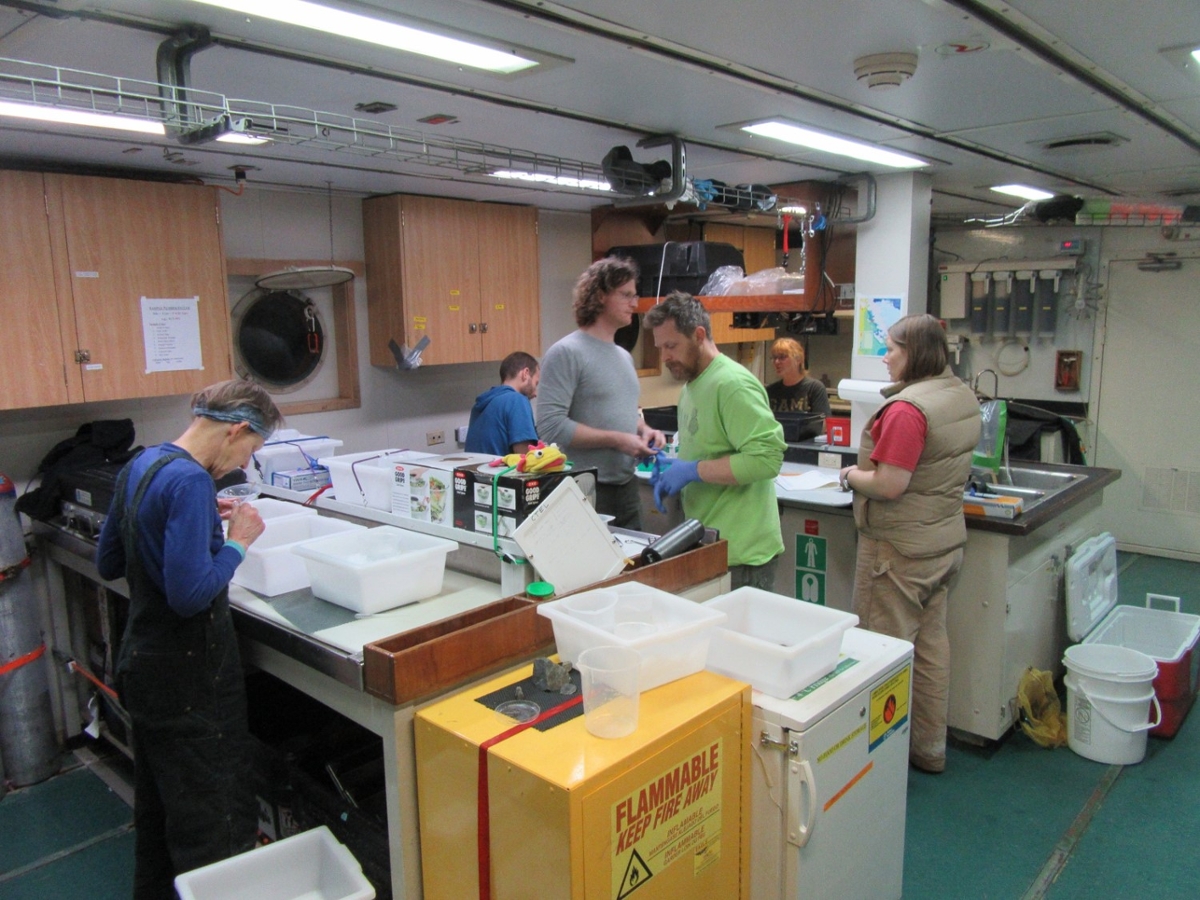
The focus of the trip was to look at spatial variation in the composition of macroalgal communities along the western Antarctic Peninsula region, from the Palmer Research Station to south of the Rothera Research Station.
“There have been a few prior studies around Rothera Station and a couple other places in the region, but not really any comprehensive investigation of the macroalgal communities along the southwestern Antarctic Peninsula,” Klein said.
One of the primary objectives of the mission was to understand what the controls are on macroalgae along the Antarctic Peninsula. Prior to the start of the expedition, the hypothesis was that sea ice extent acts as a control on macroalgae off the peninsula, since sea ice generally affects subsurface light.
With so little known about the study region, there was also a need to identify what species of algae grow off the western Antarctic Peninsula and the macro-invertebrates that feed on that algae.
To study the algae at the different sites, the research team performed a series of dives at each site. During the dives, vertical video transects were taken to identify what species of algae were present at that location. In addition to the video transects, specimens were collected at each site. The hours of video recordings, and specimen collection, provided researchers with plenty of follow-up research to complete once they returned to the mainland.
For some of the dive sites, it is believed that their team were the first to ever dive at the chosen locations. While Klein did not personally dive, he performed role of dive tender, the surface member of the diving team that makes sure to watch over the divers during a dive.
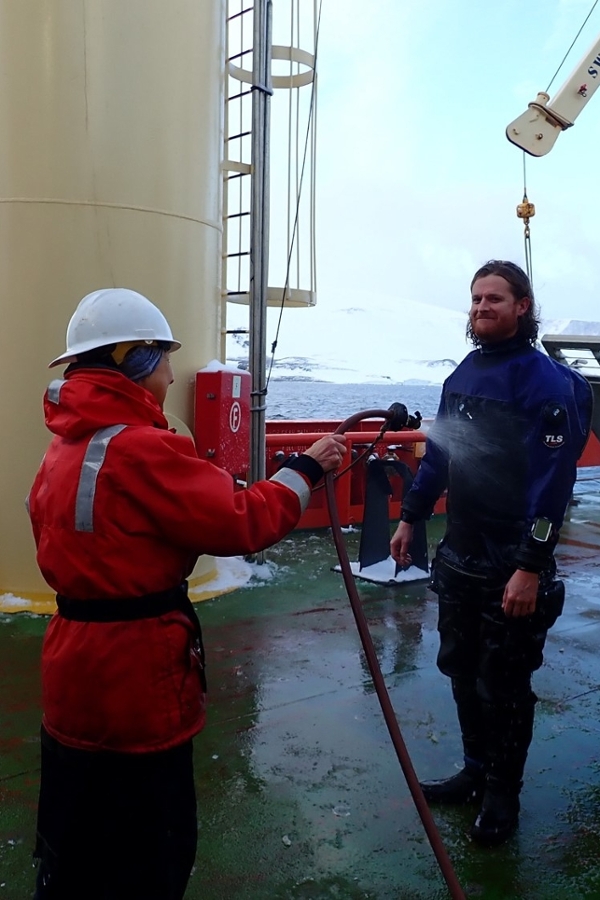
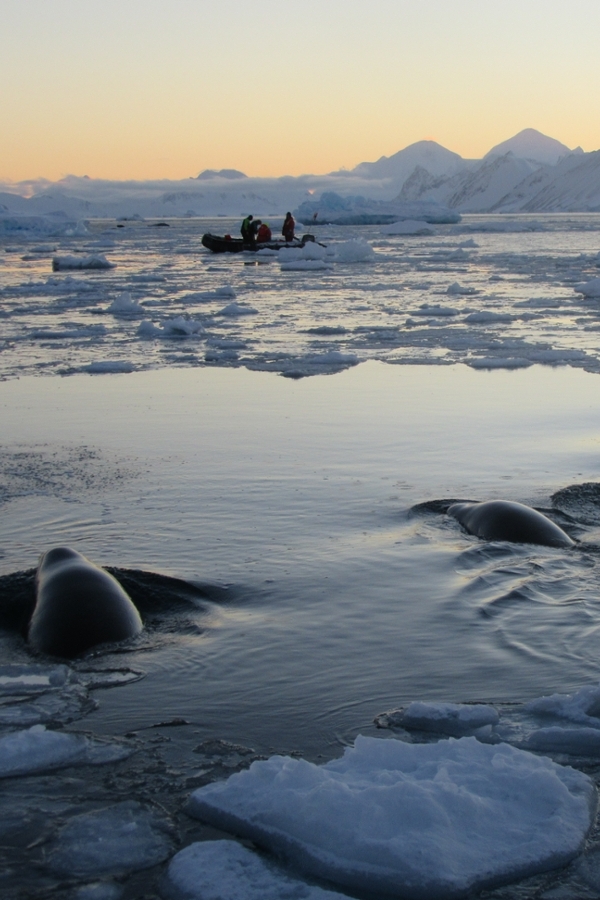
Remote Sensing In The Antarctic
With an expertise in remote sensing, Klein played an integral role in determining potential dive sites that the research team could investigate once out on the expedition.
“We did an initial site selection of about 39 or 40 sites we might want to go to,” Klein said. “Then I got high resolution at ½ meter resolution where we could actually focus in on individual dive sites.”
The team sampled 15 dive sites on the expedition. The range of study sites between 64° South and 69° South provided researchers with different light conditions to study the macroalgae, and gave a sense for how the different species of algae change with different amounts of light.
As part of the project, Klein developed time series datasets that represent sea ice extent in the study region. Since a central goal of the project was to understand the extent to which sea ice is playing a role in macroalgal communities, it was key that they have accurate data showing the sea ice extent over the last ten years.
“One of the problems is that most of the climatologies we have of sea ice are based on passive microwave where it works well in the open ocean, but not so well in coastal areas,” he said. “I’m developing some alternate time series for the past ten years, because it turns out that macroalgae generally lives ten years or so.”
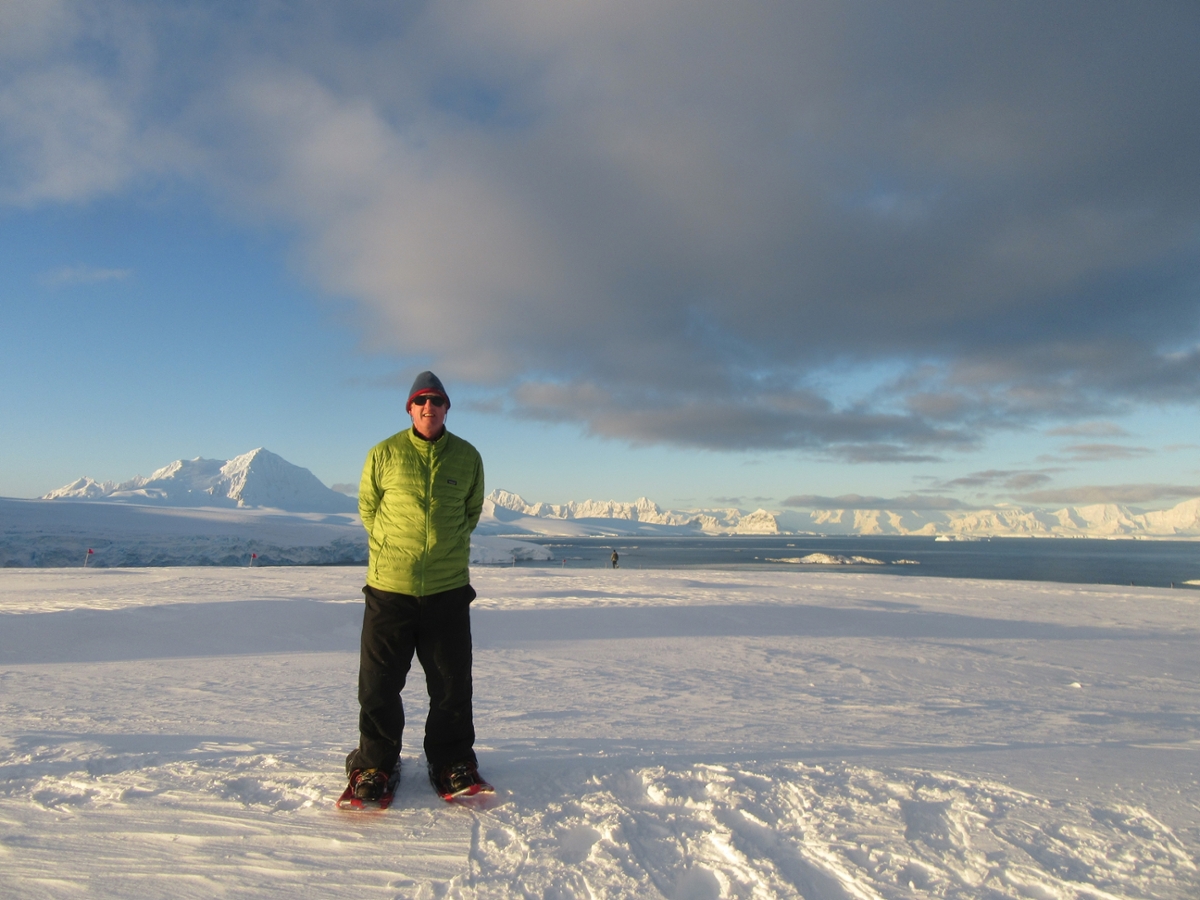
A Research Cruise To Remember
With 17 trips to the Antarctic under his belt, Klein’s 18th trip to the Antarctic turned out to be the most exhilarating one yet.
“To be able to dive at sites that, in many cases, may have never been dived at before,” Klein said. “Within the United States Antarctic program, most of the work on diving has really been limited to within small boating distances of Palmer Station. Very seldom do you have a research vessel where you are driving the agenda.”
While being at sea for two months in the Antarctic on a research vessel can be rather arduous work, Klein said that it is a unique opportunity and privilege to be able to go on a two-month cruise to the Antarctic. The team had numerous wildlife sightings, including with seals, penguins and whales.
While the cruise itself is finished, there is still much work to be done. Many of the specimens gathered on the cruise still need to be analyzed, and further work on the sea ice datasets that Klein has constructed is still needed.
By Rhett Douris

